Tegel Airport
Around the world in 90 days
Tegel Airport was abandoned yesterday, Nov. 8, 2020.
TXL’s last passengers boarded Air France flight 1235 and took off at 15:39 for Paris-Charles de Gaulle, blinking behind their masks as they looked out at the iconic hexagon terminal building growing smaller and smaller below.
There was a party for the old airport’s send off, started the evening before when the local fire department shot fountains of water into the air to mark Lufthansa’s exit on an Airbus A350-900 for Munich.
Aer Lingus flew out for the last time to Dublin on Friday. Only eight passengers had flown in that morning. There was no party, nor even any coronavirus tests anymore.
Most airlines had already moved, upping sticks for the shiny bright lights and walnut-paneling of BER, Berlin Brandenburg Airport, after it finally opened on Oct. 31, Hallowe’en. Nine years late, billions over-budget, and launched during a pandemic, it was a real horror story.
Flughafen Berlin-Tegel “Otto Lilienthal” was dumped like a hot snot in the gleeful rush. It had been a great airport, quickly reachable from the city center, with gates practically in front of your nose when you went in. But it was too much of a good thing in a city that has a habit of destroying good things.
People moved into newly built apartments nearby and complained about the noise. By some unfortunate coincidence, none of them knew that planes were noisy when they decided to move beside the airport. They hung up banners demanding its closure and finally got their way on Sunday.
If the thousands of volunteers who labored to build the damn thing in 1948 had known, they wouldn’t have bothered in the first place.
They jumped to answer the call in resistance to the Soviet blockade, which started June 24, 1948. Local officials realized that the limited capabilities of Gatow and Tempelhof, in the British and American sectors, respectively, would not be enough to keep West Berlin going on their own.
The work on Tegel – a former missile test center and military training area destroyed in the war – started just over a month later in the French sector on Aug. 5, 1948.
There were 1,800 workers on the first day, and that multiplied tenfold as men and women – nearly half of the laborers were women – picked up shovels or used their bare hands to shift 1.2 million cubic meters of material, including ridges left over from the Ice Age.
The U.S. Air Force flew in 10,000 barrels of asphalt, and the workers worked in three shifts around the clock before completing what was Europe’s longest runway at the time (2,428 meters) in just 90 days. Ninety days! Temporary hangars and other ancillary buildings were also thrown up in record time.
The first Douglas C-54 Skymaster landed at 14:45 on Nov. 5, 1948. The French blew up two radio towers that had been controlled by the Soviets on Dec. 16, 1948 because they stood in the way. Apparently the irate Soviet commander asked his French counterpart how they could do such a thing. “With dynamite!” was the cheeky reply.
Construction on a second runway began in March 1949 to accommodate even more planes. The blockade lasted 322 days before it was lifted on May 12, 1949.
The French military continued using Tegel, but its fortunes as a proper airport were made when Air France decided to press its Aérospatiale Caravelle aircraft into service on the Paris-Frankfurt-Berlin route. This was one of the world’s first medium-range jet airliners, and like brethren such as the Douglas DC-8, de Havilland Comet and Boeing 707, it needed longer runways than were available at the time at Tempelhof.
Air France switched its Berlin flights to Tegel, which had two enviably long runways, thus converting the facility from military to commercial use. The airline started its regular service on Jan. 6, 1960, albeit with a smaller aircraft than the Caravelle. The Caravelle had to wait till Feb. 24 before flying the Paris-Frankfurt-Tegel route for the first time.
Tegel remained quiet for the next couple of years until American airline Pam Am decided it wanted bigger planes like the Douglas DC-8 to operate a direct service to New York.
West Berlin mayor Willy Brandt, after whom the unfortunate BER is now named, personally welcomed the first DC-8 that landed on May 31, 1964, when curious Berliners flocked to Tegel for a look.
The airport was still a ramshackle affair, however. American president John F. Kennedy had arrived the year before on March 26, 1963, when he must have wondered about the Spartan facilities. It was time to build a new terminal building.
Meinhard von Gerkan, Volkwin Marg, and Klaus Nickels were little-known architects at the time. But their concept for a drive-in airport where the passenger can more or less get directly to the gate by bus, taxi or car won the competition, and they were awarded the contract for Tegel-Süd. They came up with the hexagon-shaped terminal, giving planes ample room to maneuver. The red lines and concrete completed the space-age look. Construction began in 1970.
Mayor Klaus Schütz inaugurated the new international Berlin-Tegel Airport, which cost 450 million Deutschmark, on Oct. 23, 1974, and it was officially opened amid much fanfare on Nov. 1. It took over in importance from Tempelhof and became West Berlin’s main airport.
An Air France supersonic Concorde landed in Tegel for the first time on Jan. 17, 1976.
Gerkan, Marg and Parner’s draft included plans for a second terminal as a replica of their first, Terminal A. It was taken for granted that passenger numbers would grow. Alas, these plans were never realized.
Mauerfall and the reunification of Germany ended the Allies’ monopoly on Tegel Airport, and allowed German airlines back in. Lufthansa began operations in October 1990.
But even as passenger numbers boomed, local authorities were forming plans for Tegel’s successor, BER, which they envisaged opening in 2007 to cater for the whole reunited city.
It didn’t work out that way, of course. BER became a laughing stock and few Berliners believed it would ever open at all. Tegel limped on. Terminal D was added in 2001, then Terminal C in 2007. It was a cheap, shitty, half-arsed alternative to Gerkan, Marg and Parner’s original plans for a second hexagon-shaped terminal.
A majority of Berliners wanted to keep Tegel open. A non-binding referendum in 2017 found 56,1% in favor and 41.7% against, but the city stubbornly plowed on with its plan to pull the plug.
There were 24,227,570 passengers through Tegel last year, and there would probably have been another record this year if the coronavirus pandemic hadn’t decimated the air travel industry.
One of Tegel’s planes was abandoned long before the rest. A Boeing 707 has been rusting in a far-flung corner of the airport for years, enjoying a quiet retirement after its eventful journey. Slow Travel Berlin has the full story.
The plane was formerly operated by Israel’s national airline El Al and subjected to a hijack attempt by the Popular Front for the Liberation of Palestine. Patrick Argüello and Leila Khaled were foiled as they tried taking over El Al flight 219 from Amsterdam to New York on Sept. 6, 1970.
Boeing later bought the 707 back and presented it to West Berlin ahead of the city’s 750th birthday. This was the American manufacturer’s way of saying thank you to Lufthansa for buying its 200th plane.
But Lufthansa, as a German carrier, was not allowed fly into Allied-controlled West Berlin at the time. So Boeing, which had covered the plane in Lufthansa livery, covered it again with white stickers and got an American crew to fly it into Tegel on Nov. 26, 1986. When the stickers were removed, everyone was apparently amazed to see the Lufthansa plane on the tarmac.
The Berliner Morgenpost wrote about the “newest attraction at Tegel Airport.” The 707 was parked at the entrance until 1998, when it was demoted and cast off to the side to be used occasionally for evacuation training.
Now the old Boeing 707 is having the last laugh as the airport is abandoned too.
LOCATION AND ACCESS (HOW TO FIND GUIDE)
- What: Tegel Airport, Flughafen Berlin-Tegel “Otto Lilienthal” (TXL), formerly Germany’s fourth busiest airport with more than 24 million passengers in 2019. Abandoned Nov. 8, 2020.
- Where: Saatwinkler Damm, 13405 Berlin, Germany.
- How to get there: Hop on yer bike. Now that the BVG is cutting bus services, it’s the only way. Here’s Tegel on a map.
- Getting in: This still needs to be determined. This post will be updated with new details as they become available. For now, however, it’s best to proceed with caution as the airport will need to remain operational for the next six months in case it is needed to bail BER out again.
- When to go: Anytime is good.
- Difficulty rating: 7/10. Getting in is going to be a problem but there should not be any issues with admiring from outside.
- Who to bring: Architecture enthusiasts.
- What to bring: Bring your camera to take photos and a few beers to toast the end of Tegel’s long journey.
- Dangers: Watch out for security. It might be a freshly-abandoned airport, but old habits die hard.
Please note that this post will be updated with the latest developments as they fail to develop. In the meantime, many thanks again to the overworked Mark Rodden for proofreading!
Keep flyin’
Tempelhof
West Berlin’s lifeline during the Soviet Blockade, Tempelhof Airport has since become the city’s biggest park. Berliners will fight to keep it that way.
Flugplatz Schönwalde
Germany’s Luftwaffe used Flugplatz Schönwalde for the war. The Soviets took over afterward and left their traces after abandoning the airfield in 1992.
Flugplatz Brand
Flugplatz Brand was strategically important for the Soviet Air Force. Thankfully its battalions of flying fighters remained on ice for the duration of the Cold War.
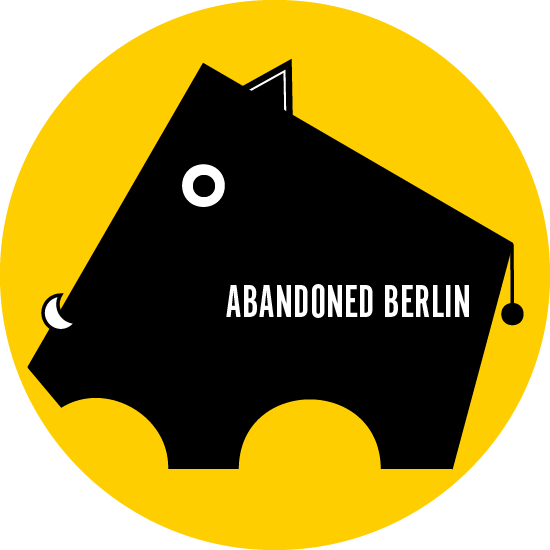
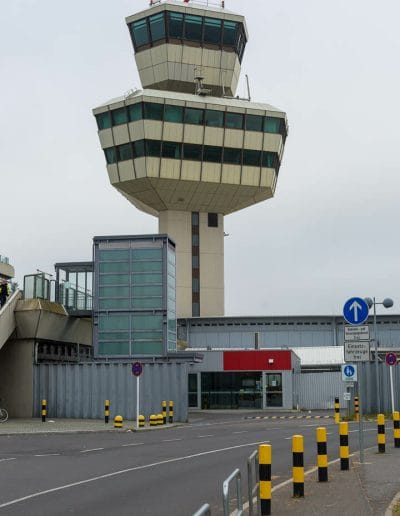
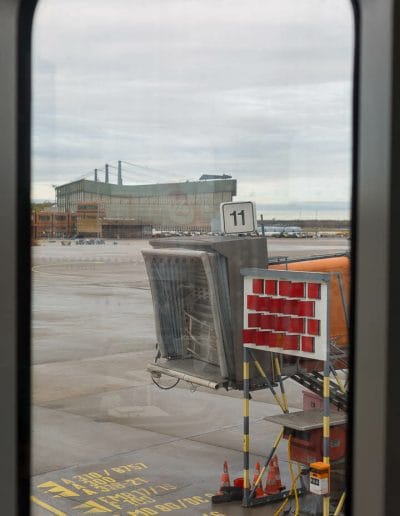
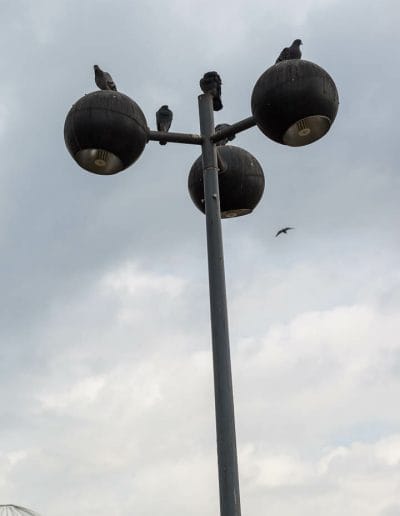

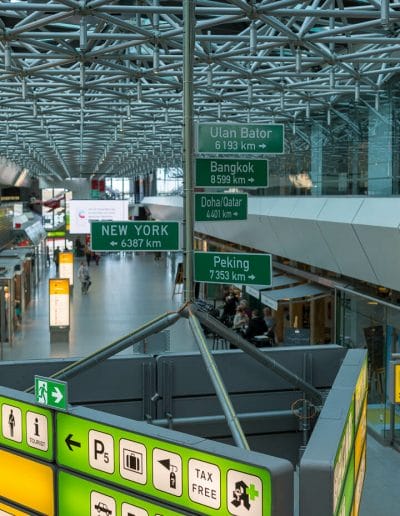
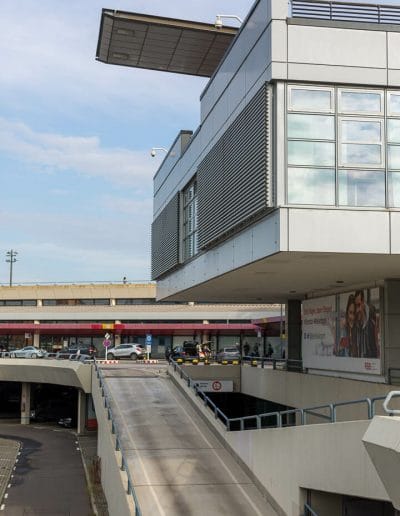
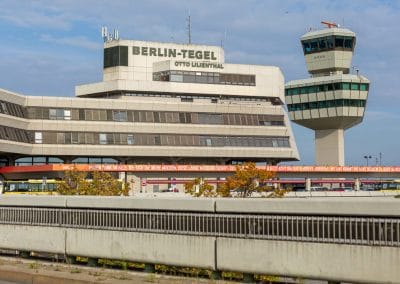
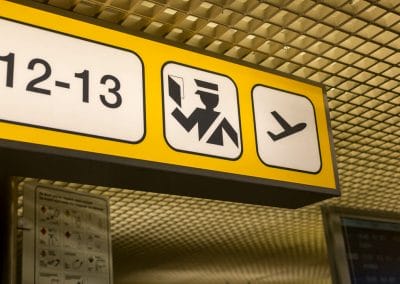
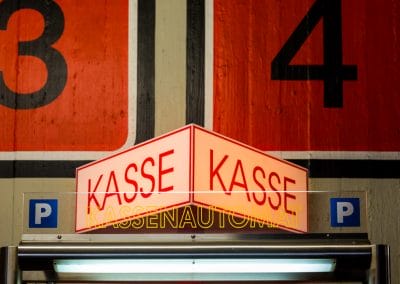
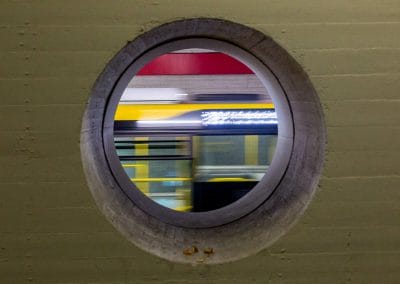

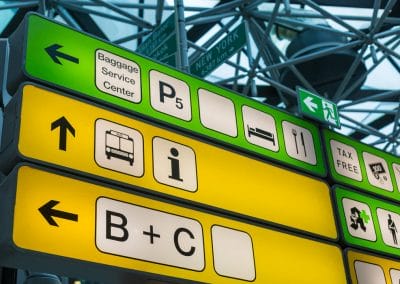

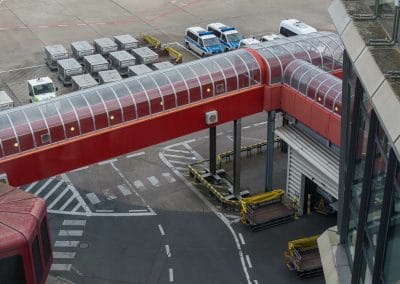
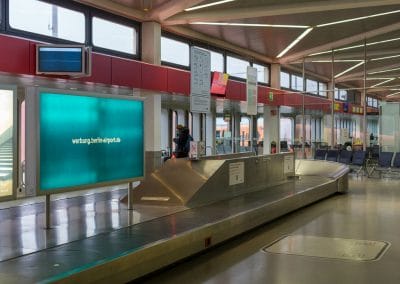
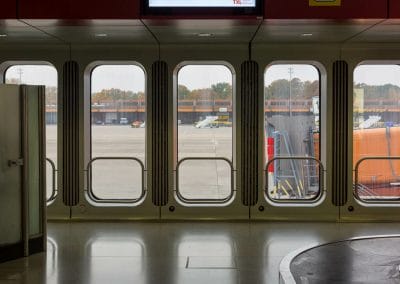

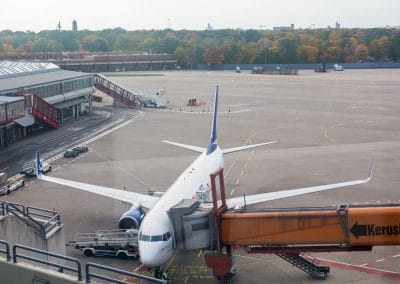
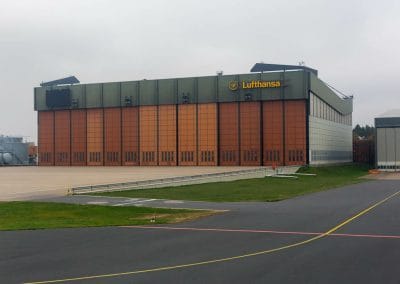
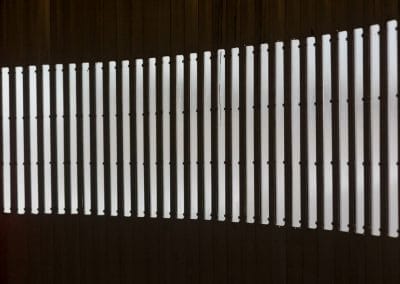


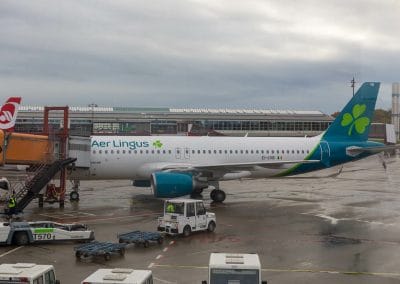

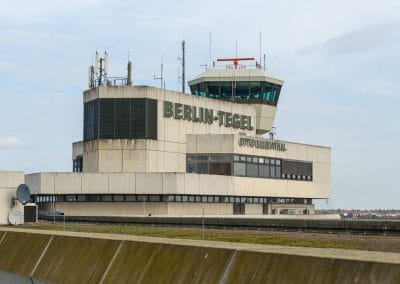
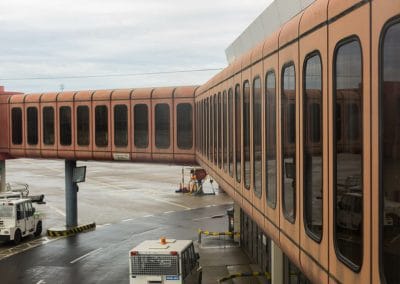
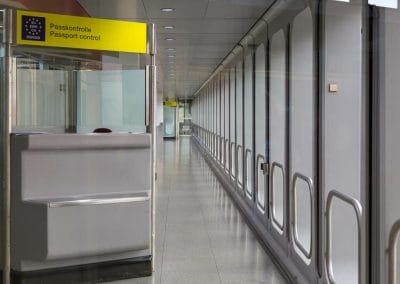
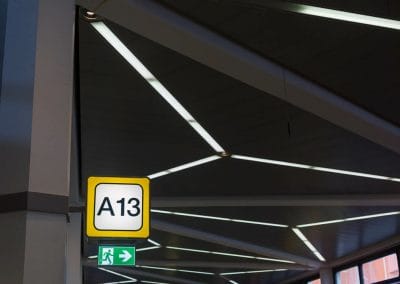
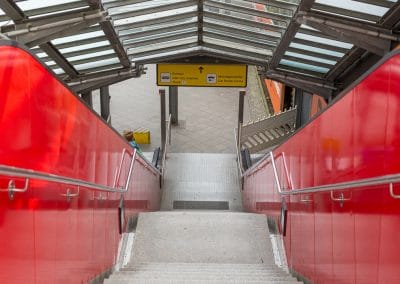
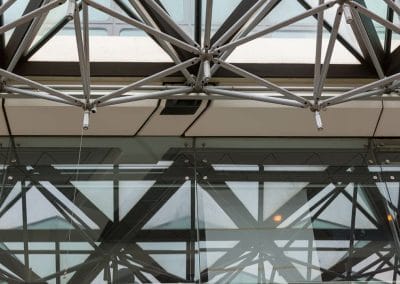
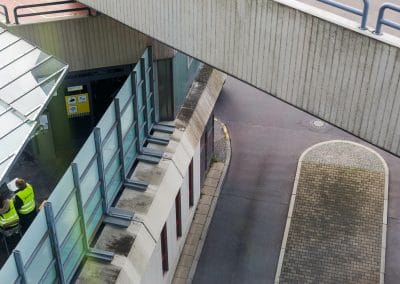
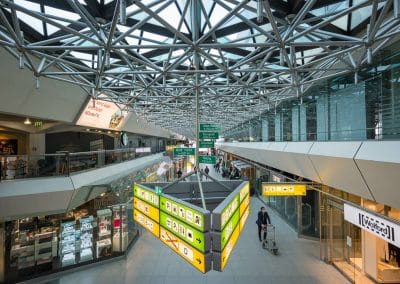
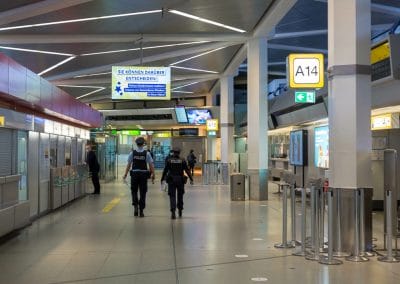

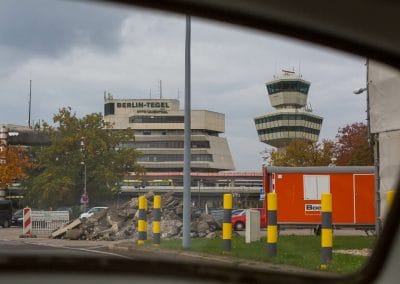


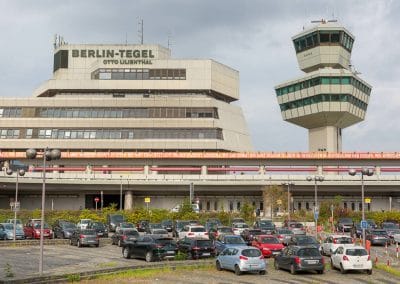
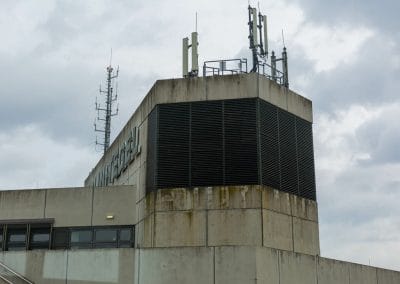
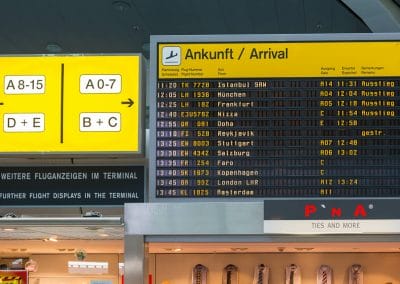

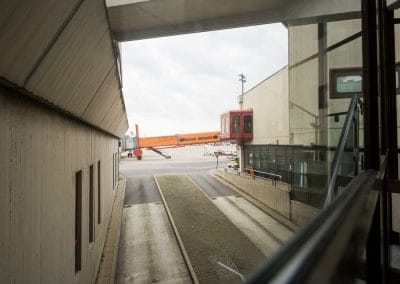
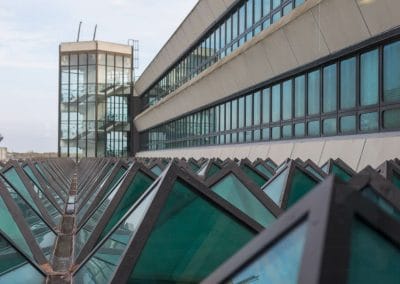
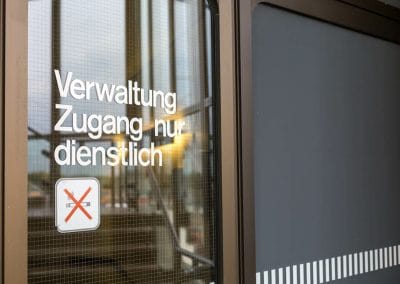




Great read as always!
I’ll miss that place dearly.
I would have loved to go there a couple more times this year, but COVID stepped in.
It will feel really weird to land in a brand new airport next time I’ll go to Berlin… whenever that is.
What an incredible exploration! So abandoned
Thanks Gianni! Just to clarify, though, all these pictures here were taken BEFORE the airport was abandoned.
Who would have thought that… a new abandoned place that still needs to be captured by the nature. Is it X-mas already?
Nearly! Once BER is abandoned it really will be Christmas 🙂
Haha, yes! Good to see you back here frequently again 😉
TXL was never really my favorite while operating, but man I am looking forward to going there now as it became an abandoned place 🙂
A great article and beautiful shots. TXL has long been a favorite of mine — few capital cities’ airports put you within 100m of the taxi while you’re still waiting for the “fasten seatbelt” light to go off. For nearly 20 years, Terminal A was my commuter hub between NY and Berlin, and I’m sorry to see it go.
Have flown all over the world – TXL is my fave Airport of them all, such a simple but effective design. Why BER isn’t a more developed vs. of the same concept is mind-boggling. RIP TXL xx.
Is it possible to enter the airport? Or just the surroundings?
There is no way to get in there now and there is a corona vaccin center now
have some one tried out do get in again ?
Full north is military base. Don’t enter. People are living inside
South is for migrants and there is only one fence without barbel.
Be careful.